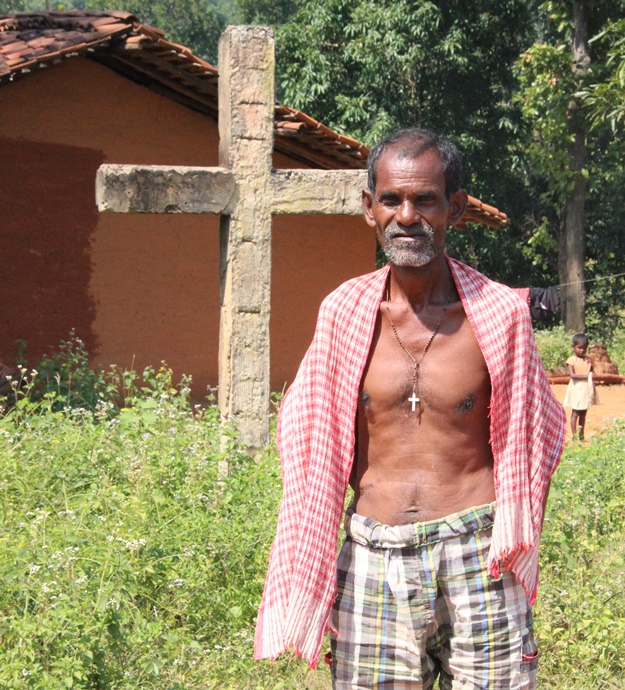|
In India's Odisha State, 'there is still fear in the heart of Christians'
Thursday, March 23, 2017
"Hindu fundamentalists try to impose the very dangerous idea that to be a true Indian you have to be a Hindu."
In India’s Odisha State, ‘there is still fear in the
heart of Christians’
Veronique Vogel, who serves as head of projects in
Asia for international Catholic charity Aid to the Church In Need, recently
returned from a fact-finding visit to the Church in Odisha State. That is
where, in 2008, in Kandhamal, a Hindu mob violence led to the killing of close
to 100 Christians and the displacement of thousands.
By Maria Lozano
What is the general situation now in Odisha?
After some
years the situation has now improved. There is no more violence. Most of the
people have come back to their villages or have been resettled nearby. However,
there is still fear is in the heart of the Christians—both Catholics and
Protestants—because they know that an eruption of violence can happen anytime.
They are aware that the people who instigated the violence against them were
people from outside their region—individuals motivated by the Hindu nationalist
party BJP’s fundamentalist ideology. So they know that, as long as the BJP is
in control of India’s central and local governments [and recent elections
solidified the party’s hold on power], it can happen again.
How did the outsiders stir up tensions?
They did so in
two ways. For one, agitators provoked the anger of so-called tribals,
indigenous people, against the community of low-caste Christians, called dalits. Mostly land owners, the tribals
were told that the dalits would
compete with them for landownership. Mistrust was created. Second,
fundamentalist Hindus manipulated local Hindu villagers to turn on their
Christian neighbors, with whom they had been living in peace.

What are the biggest challenges for the Church in
Odisha?
One of the
biggest challenges is interreligious dialogue. The Church has maintained a
dialogue with the Hindus, even the more radical ones, in order to make people
understand that the Catholic Church is working for the best of all the people
and it is not there to put one group above the other. The Church believes that
this mosaic of religions in Odisha—Hindus, Christians and some Muslims—may be a
tool for harmony and peace. And it is not because you belong to a religion
other than Hinduism that you are not an Indian. Hindu fundamentalists try to
impose the very dangerous idea that to be a true Indian you have to be a Hindu.
A positive impact
of and exchange between the Hindu (local) government and the Catholic Church is
that the Christians having suffered from the violence in 2008 will now be
granted increased compensation for their losses.
What about challenges within the Church
itself?
Yes, an
internal challenge for the Indian Catholic Church in some parts of the country
is to do a better job embracing faithful coming from different backgrounds, especially
in the context of the country’s caste system. Then there is the urgent need for
the ongoing formation of both clergy and laity for two reasons: first, the
faith is still young in some places; and second, even if the faith is strong, knowledge
needs to be deepened.
Better and ongoing formation help clergy and laity—who are
often called upon to be first responders—react more effectively when in a
village people are spreading wrong information about Christians. They can set
the record straight, which is also a way of keeping the peace.
Kandhamal villager; ACN photo
|